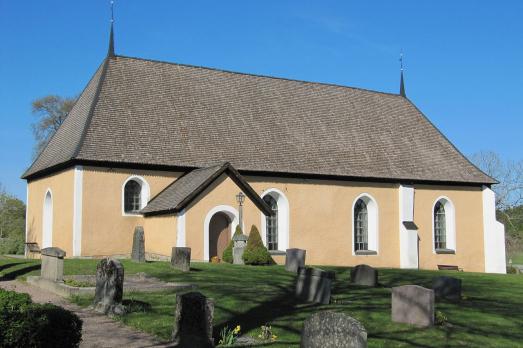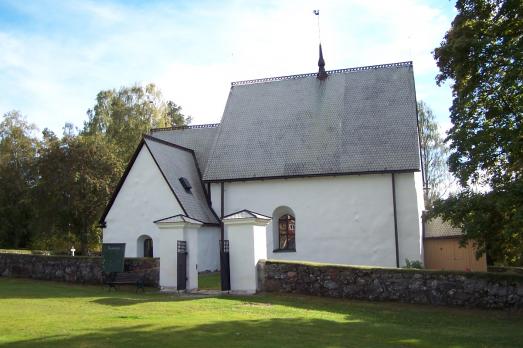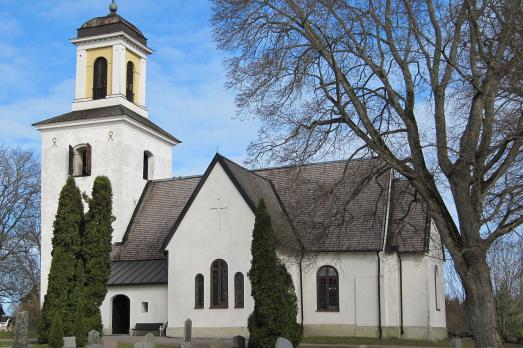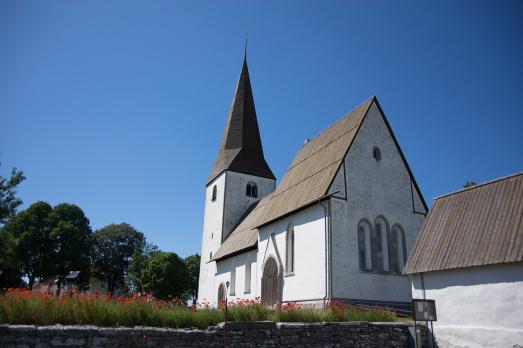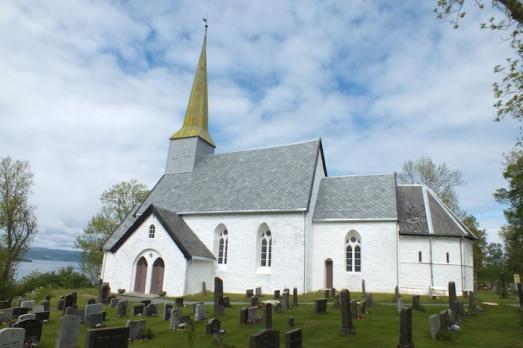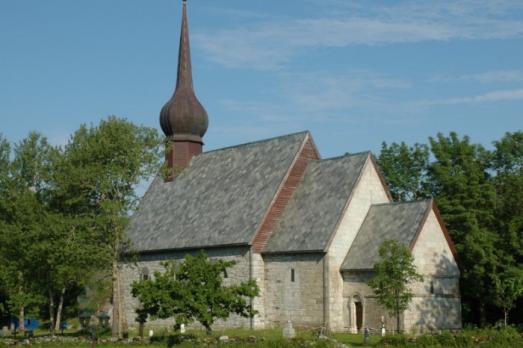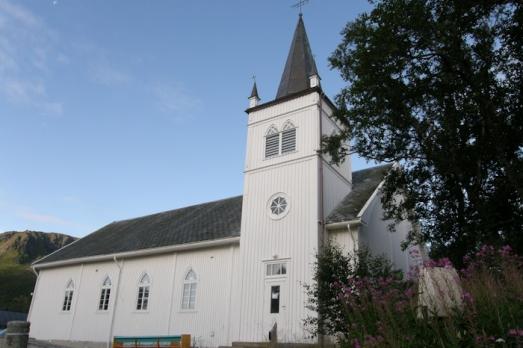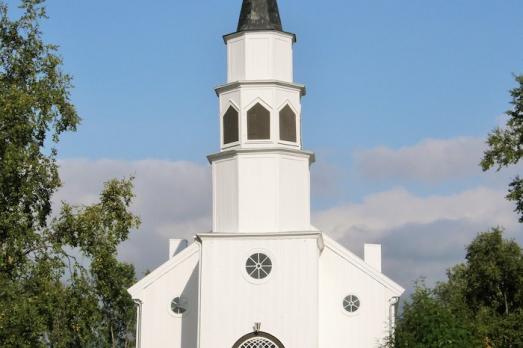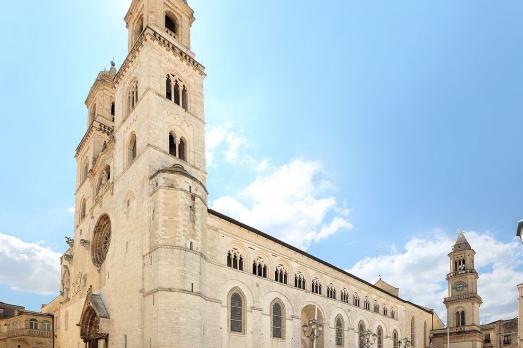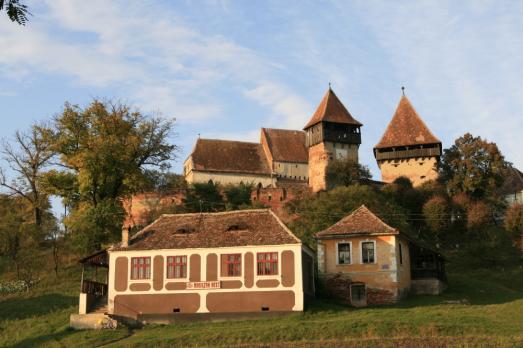
Alma Vii Fortified Church
Alma Vii, RO
At the beginning of the 14th Century a small hall church was initially erected. In order to defeat the many attacks the chancel is heightened and provided with machicoulis at the beginning of the 16th century. At the end of the same century, a wall boasting four defensive towers oriented towards the four cardinal points surround the church. The first floor of the bell tower was habitable, equipped with a smoke funnel. The second floor has small bays on every corner, each having three embrasures, a construction detail that can be found in Thuringia, Germany. Very interesting to visit is the gate tower, a massive structure on 5 levels, three of them equipped with defensive systems and a parapet walk on the highest level.
